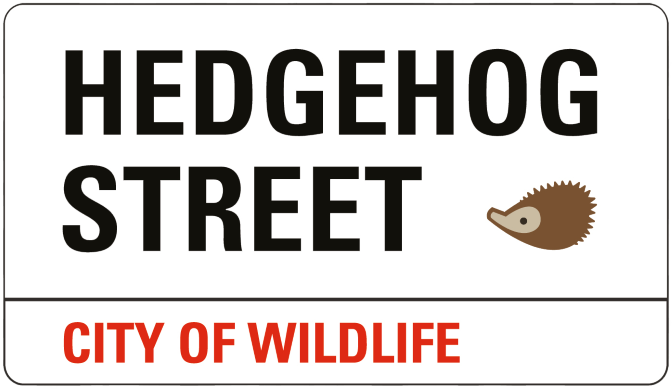Research: Badger and hedgehog interaction
1st July 2025
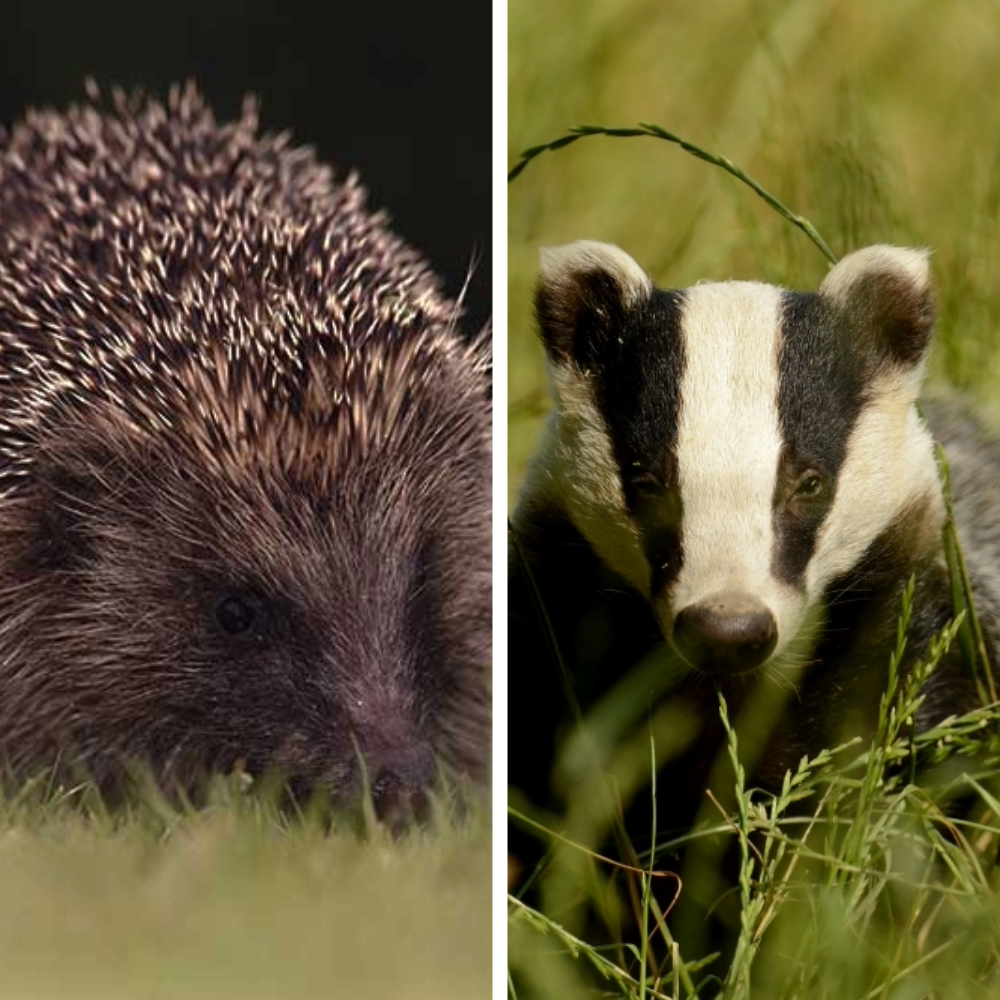
Introduction
A recent Nottingham Trent University (NTU) study by Katie Lee, partly funded and supported by People’s Trust for Endangered Species, explored badger and hedgehog interaction.
Badgers and hedgehogs have a complex relationship due to the fact that badgers both predate hedgehogs and compete with them for food (primarily invertebrates like earthworms). This is known as an intraguild predation (IGP) relationship, where both competition and predation occur. Because of this, and rising badger numbers, some people claim that badgers are the reason that hedgehog numbers have been declining.
The aim was to find out more about the IGP relationship between badgers and hedgehogs and discover how badgers affect the number and location of hedgehogs in a given area.
Background
Hedgehogs and badgers are both found in the rural landscape but, increasingly, it seems that on a finer scaler they may be occupying different habitats. Hedgehogs are also widely found in suburban areas which are not commonly inhabited by badgers. It has been proposed that badgers create a ‘landscape of fear’ for hedgehogs, particularly in the countryside, which results in hedgehogs altering their behaviour and seeking refuge or shelter to avoid badgers.
Previous research carried out at the University of Reading showed that whilst there did appear to be a difference in where hedgehogs and badgers were present in rural locations, there were many areas where neither species was found. In rural England and Wales, hedgehog numbers are declining but what part badgers play is unclear.
It is also unknown whether hedgehogs occupy suburban areas because it is an ideal habitat for them, or because they are avoiding badgers in the surrounding habitat. Additionally, it is uncertain whether hedgehogs can adjust their activity to different times from badgers in areas where the two species co-occur.
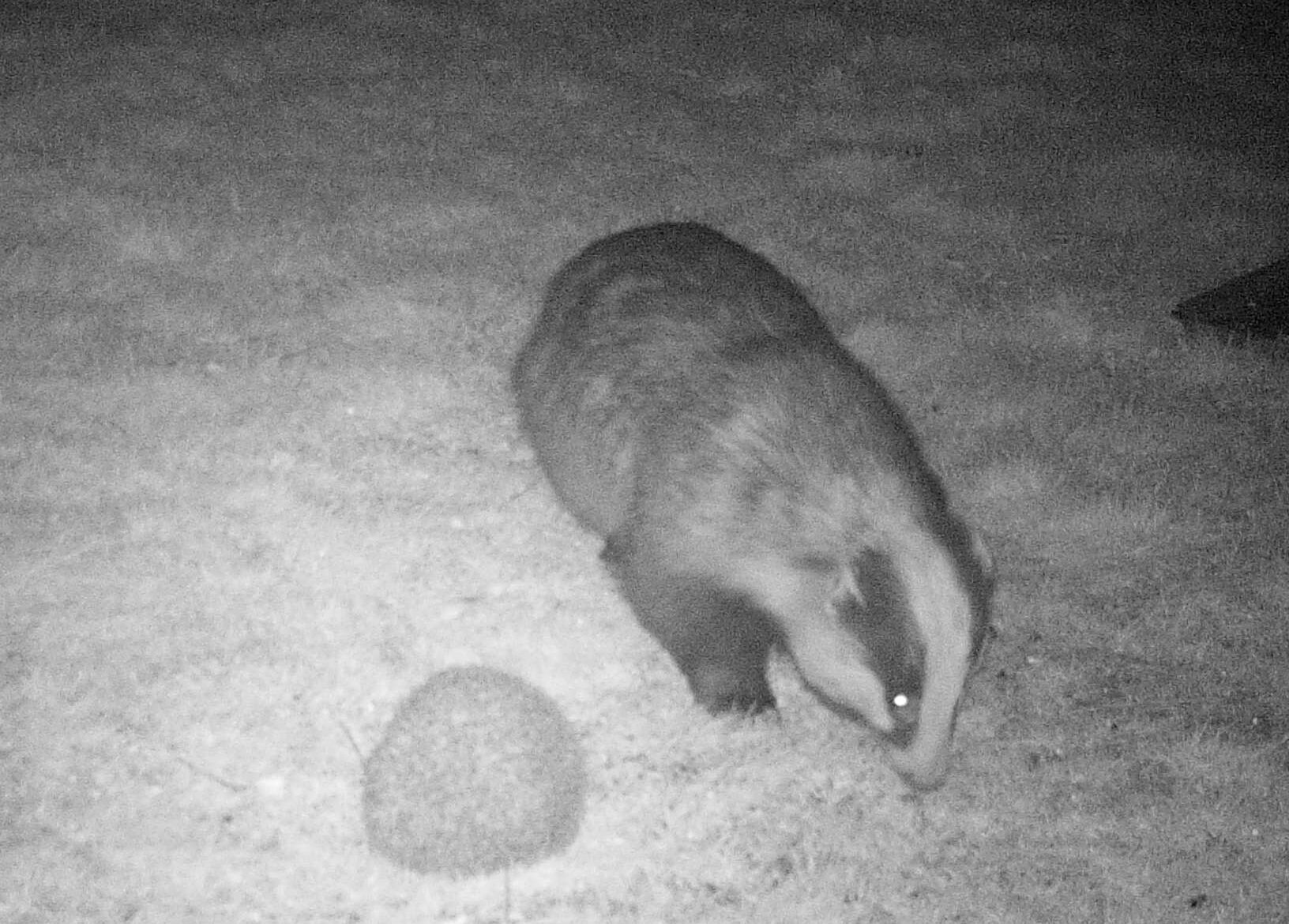
Methods
Katie used camera traps across 22 sites comprised of differing proportions of 5 key habitat categories:
- Arable: land used to grow crops
- Amenity grassland: areas of green land bordering residential areas
- Agricultural grassland: used to grow grasses to feed livestock
- Built environment: human-made surroundings including buildings, neighbourhoods
- Woodland
She surveyed 22 rural sites (arable-dominated, pasture-dominated, or mixed farming habitat) for badgers and hedgehogs.
The camera traps enabled Katie to see whether hedgehogs were present at each site, and if so, how many were there. Invertebrate abundance was also studied to measure food availability for both species in different habitat types.
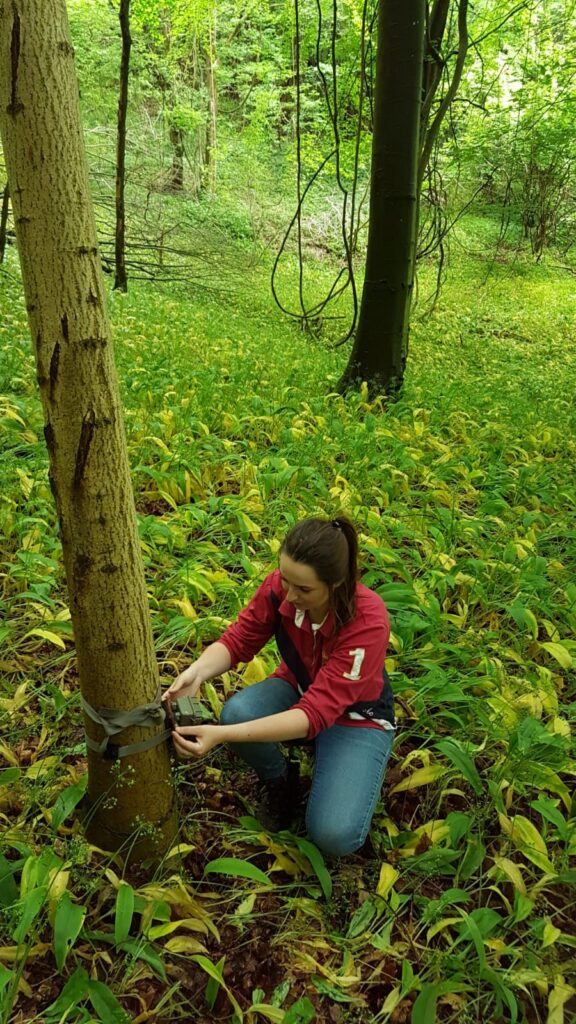
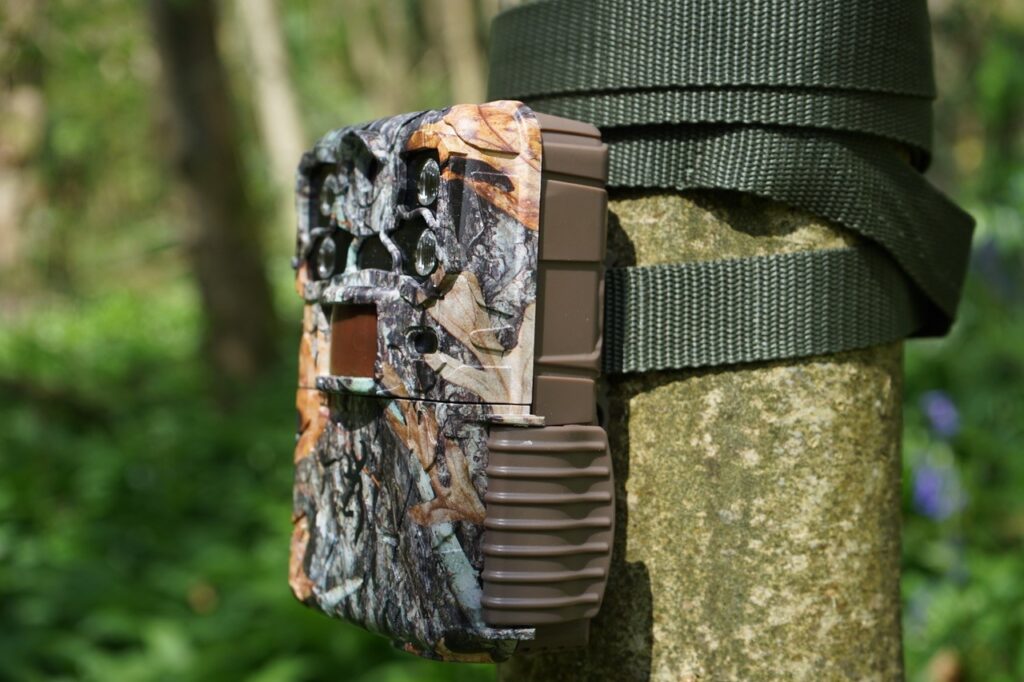
Findings
While hedgehogs and badgers were found in some of the same study sites, there was a clear difference in habitat use between the two species.
The 10 sites containing both species were either mixed livestock and arable or livestock farms.
At the sites where both species coexisted, there was a separation in space between hedgehogs and badgers, but a high level of overlap in time of nocturnal activity. Hedgehogs were not found at sites where badger density reached a certain threshold (30.3 individuals per km2).
Hedgehog numbers were significantly higher in sites dominated by mixed farmland than in those dominated by arable agriculture. This supports previous studies which have found many rural areas to be unsuitable for hedgehogs due to intensive agriculture (including pesticides and hedgerow removal). This indicates that arable landscapes are generally unsuitable habitats for hedgehogs, regardless of whether badgers are present.
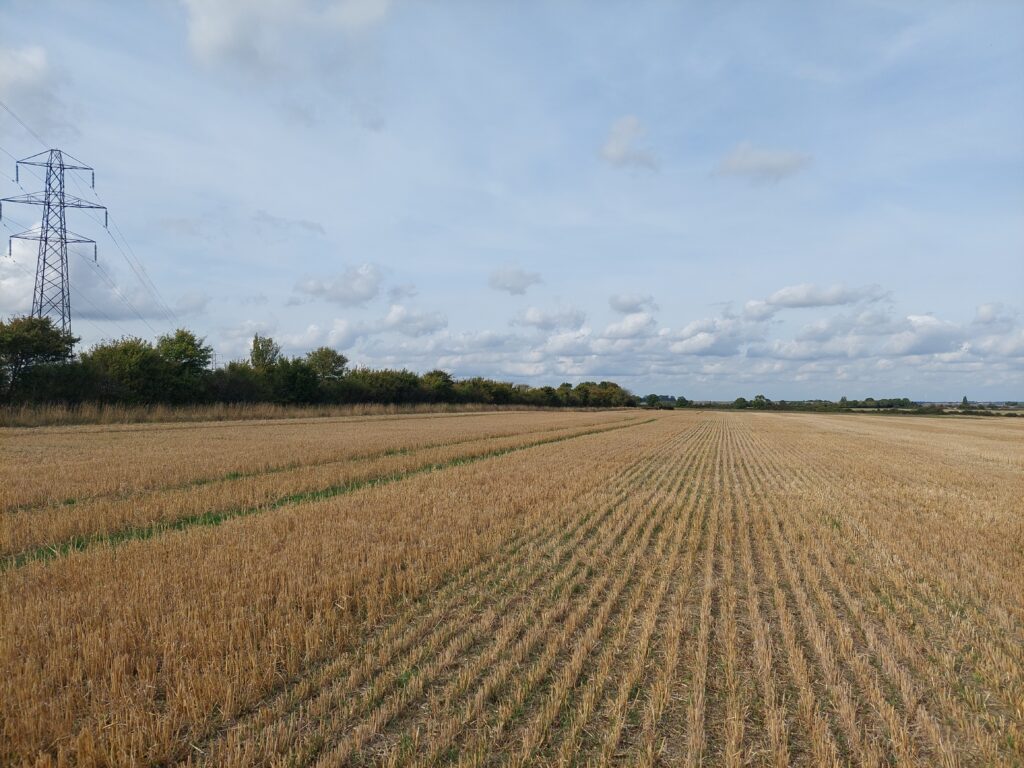
Hedgehogs were associated with buildings and invertebrate-poor habitats. In contrast, badgers were less frequently detected near buildings and on grassland and were found more often closer to arable fields and woodland habitats.
Hedgehogs’ affinity for residential areas may be due to options for shelter and lower occurrence of badgers, or greater food resources (such as supplementary feeding). This segregation could be due to badgers pushing hedgehogs into suboptimal habitats or species-specific habitat preferences. Unfortunately, the study was not able to determine which of these are driving hedgehog distributions in the landscape.
The study suggests that badger numbers, rather than just their presence, influences whether hedgehogs can coexist with them. However, the threshold for badger numbers in a given area may depend on site-specific factors such as food abundance and habitat availability.
Declining hedgehog populations in rural areas is likely a result of multiple factors, rather than simply due to an increase in badgers.
Further studies on both supplementary feeding and invertebrate prey are needed to give insight into how variation in food may affect where hedgehogs reside.

Additional Reading:
Are badgers to blame for the decline in hedgehogs? Read our full statement.
Learn more about hedgehog interactions with different species at food stations.
